“Landscape” and “documentary” are two of the most celebrated genres in the photographic arts. These traditions are also the inspiration for the photographic images in my primary area of work as a historical geographer focusing on what is arguably the world’s most intractable geo-political dispute – the Israeli / Palestinian conflict. “Photographs furnish evidence,” the cultural critic, Susan Sontag conceded in an otherwise critical examination of the documentary genre in her work, On Photography (1973). The photographs in this collection for Photography Life build on Sontag’s observation in an effort to reveal how aspects of this protracted conflict have become embedded in the Palestinian landscape.
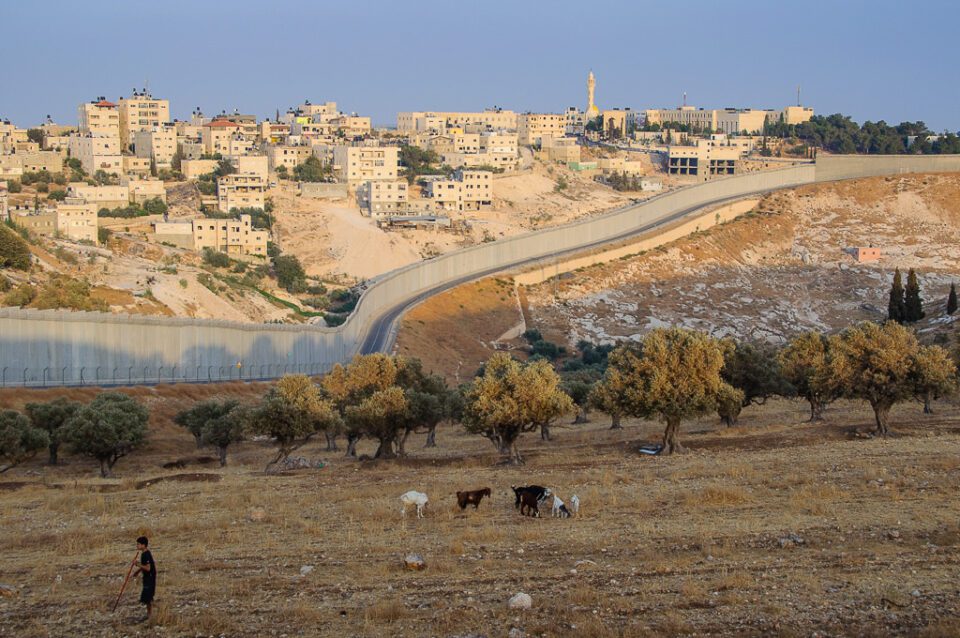
While the Israeli / Palestinian conflict has generated impassioned debate about its causes and consequences, there is little debate that these hostilities have altered the patterns of daily life for both Israelis and Palestinians. At the same time, most observers who travel to the region would probably admit that everyday life on the Palestinian side has been transformed in a more fundamental way. Despite the recent lull in hostilities, the Palestinian West Bank and Gaza are conflict zones. In these areas photographers confront very specific rules established by military authorities limiting the type of images that can be taken, along with cultural conventions that place certain subjects out-of-bounds.
In the Palestinian West Bank, the Israeli military, which is the ruling authority, sets these rules which prohibit photographers from taking images of anything military in nature. This rule, however, is often ambiguous because the parameters of what is “military” are open to interpretation. Even military authorities themselves differ in interpreting this rule.
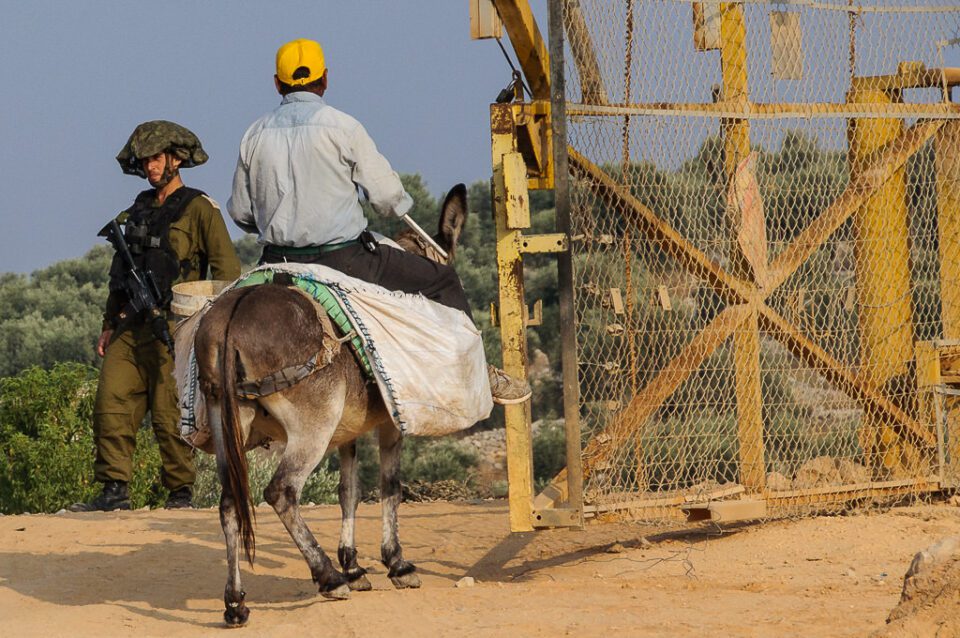
One such ambiguity typically occurs at checkpoints inside the West Bank that are staffed by Israeli army personnel but where Palestinians pass in order to move from one town or city to another. These spaces, where civilians from one side of the conflict and soldiers from the other come into direct contact, are arguably the most ideal location for documenting everyday life in a conflict zone. More than any other element, the checkpoint is what contributes to the partitioned and fractured landscape that makes the daily life in the region so difficult.
I have photographed innumerable West Bank checkpoints and have encountered a variety of different situations. On a limited number of occasions I have asked – and have been granted – permission to take photos from the Israeli commander at the checkpoint. In most instances, however, army commanders are reticent to allow such access and the photographer wanting to capture such images faces a difficult decision. Nevertheless, in the absence of permission from a checkpoint commander, there is a way to sense what the individual soldier might do when taking photographs in these areas by observing the interactions between the soldiers and the Palestinians waiting to pass through the checkpoint turnstiles. Using this calculus, I have been able to take photos at checkpoints without much difficulty. At the same time, it is worth noting that I normally ask Palestinians waiting in the lines at checkpoints for permission to photograph them. Many of them do not want to be photographed in such situations, but the majority have given me permission to take their images. For the most part photographing the faces of Palestinian women is off-limits for cultural reasons although here as well, it is possible to ask and obtain permission for such photos.
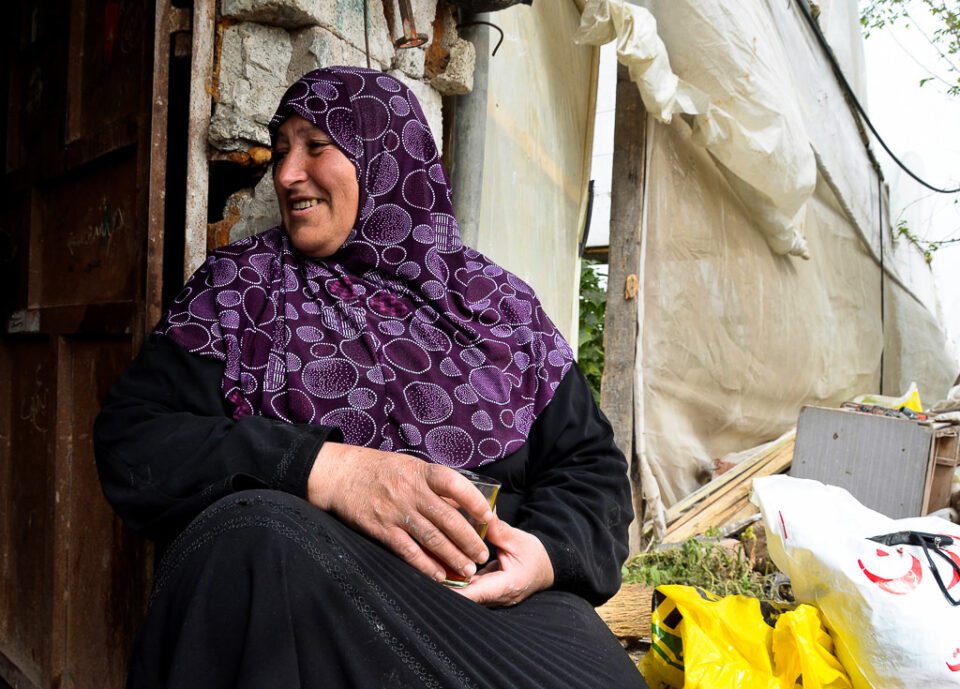
Photographs of the landscape can also be problematic because of restrictions on taking photos of military subjects. When the state of Israel constructed a Wall ostensibly to protect its citizens from Palestinian attacks, the military engineers who designed and constructed the barrier placed guard towers at certain intervals in the structure. On one occasion when I was photographing this Wall in Bethlehem, two soldiers came out of the towers and stopped me, demanding that I show them the images from my SD card. They made me erase several images of the Wall that revealed one of these guard towers claiming that these structures were military subjects. This incident, however, proved extremely rare.
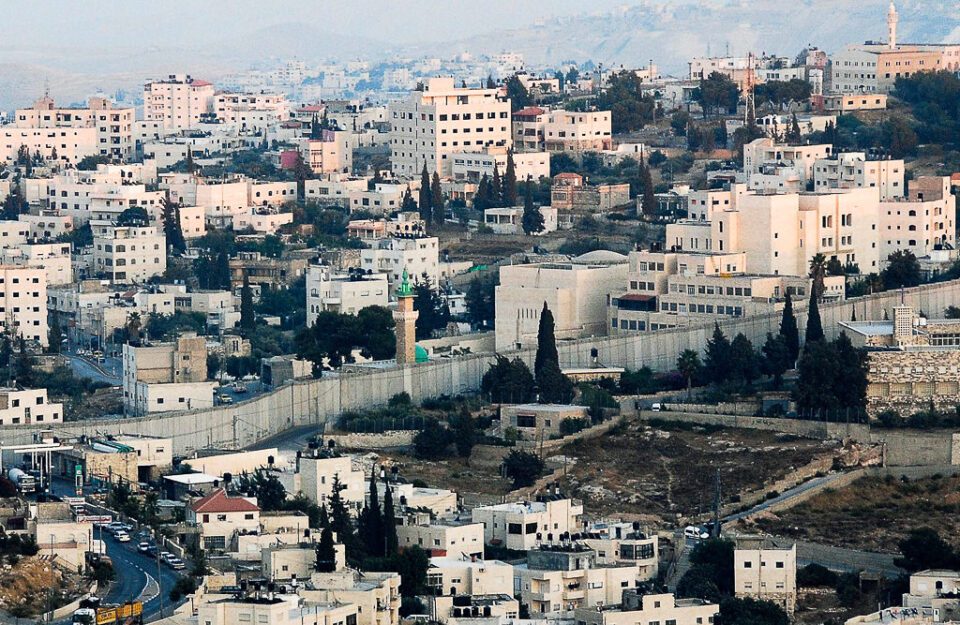
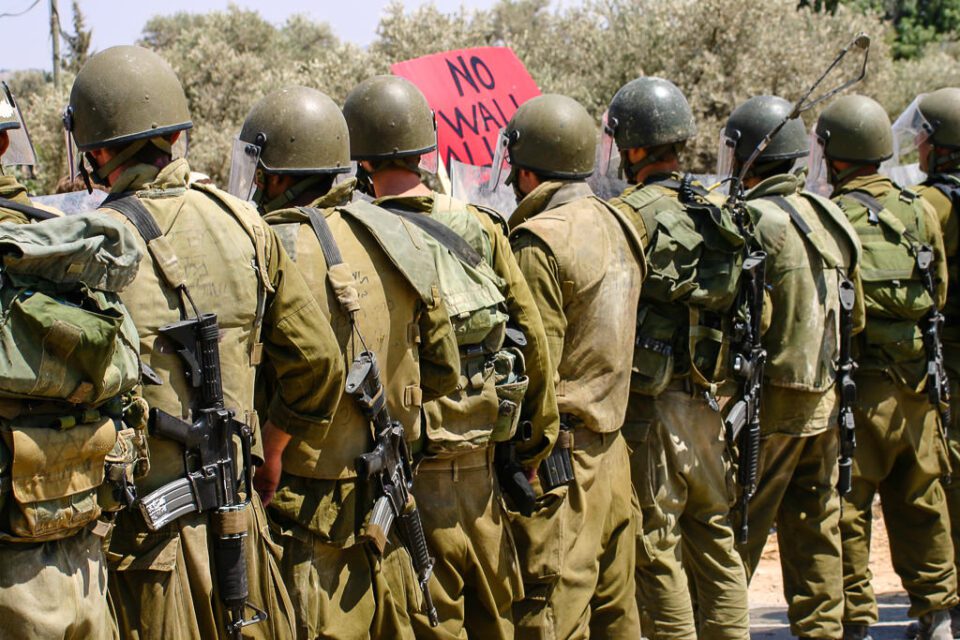
Undoubtedly, the most difficult and dangerous set of circumstances facing the photographer working in this conflict zone occurs when Palestinians and Israeli soldiers confront one another during acts of resistance to conditions of military rule. Such situations arise during the many protests against Israeli authorities that occur in Palestinian towns. Most of these demonstrations have targeted the Wall built in West Bank areas – notably in the towns of Bil’in, Budrus, Jayyous, and Nabi Saleh – that prevent Palestinians from reaching their agricultural land. Israeli soldiers routinely disperse protestors with tear gas and rubber bullets. Such conditions subject anyone photographing these protests to the same dangers from tear gas and rubber bullets faced by demonstrators.
Gaza offers a far different set of challenges. In Gaza, it is essential as a photographer to have a “fixer” to help navigate the unique political and cultural circumstances existing there. In Gaza the security situation is more dangerous and photography of any kind by foreigners is not possible without a local person who can mediate with the authorities from Hamas, and explain to the local people what the photographer is seeking to document. In this sense, finding a good fixer is arguably the most important photographic element in Gaza. A skilled fixer can find compelling photographic subjects, and can ensure that one can aim the camera lens free of political restrictions without transgressing cultural boundaries.
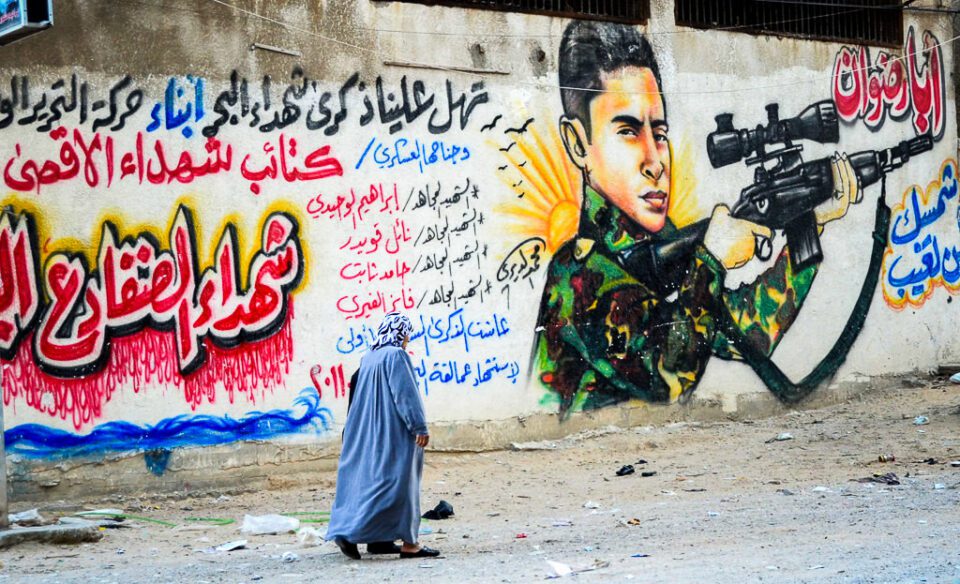
While many of the photos in this collection testify albeit silently to these hazards, the environment of the Palestinian West Bank and Gaza offers photographers unique opportunities to capture images of people coping in their daily lives with difficult circumstances. These images for Photography Life emphasize such opportunities in seeking to reveal the dignity of human subjects in the face of adversity. In this sense, the camera is also a formidable weapon in a conflict zone. The camera lens can open vistas into worlds often concealed from view enabling the photographer and the viewer alike to gain a sense of multiple truths from a field of vision and different understandings of what lies inside the frame.
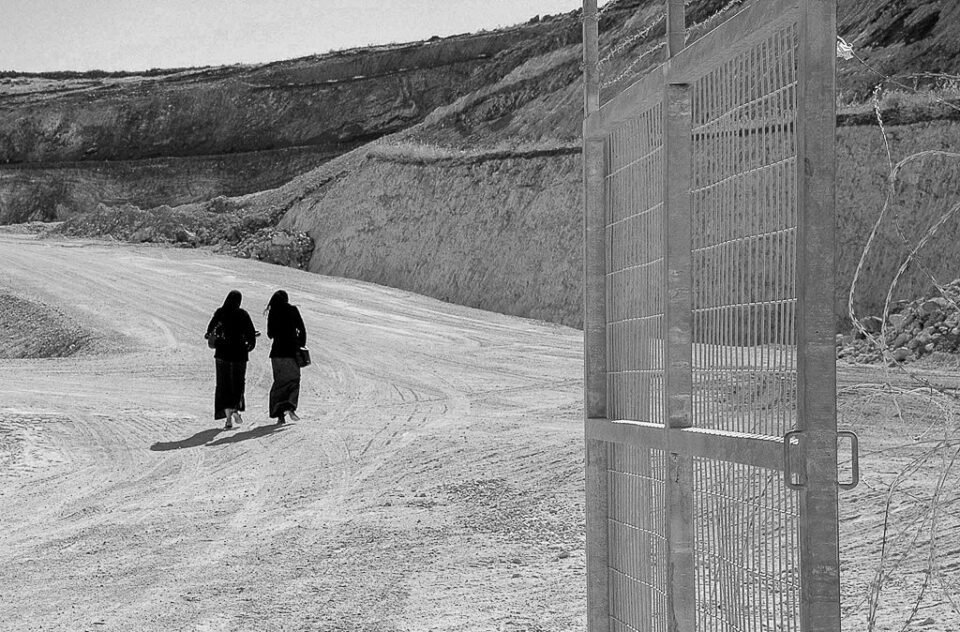
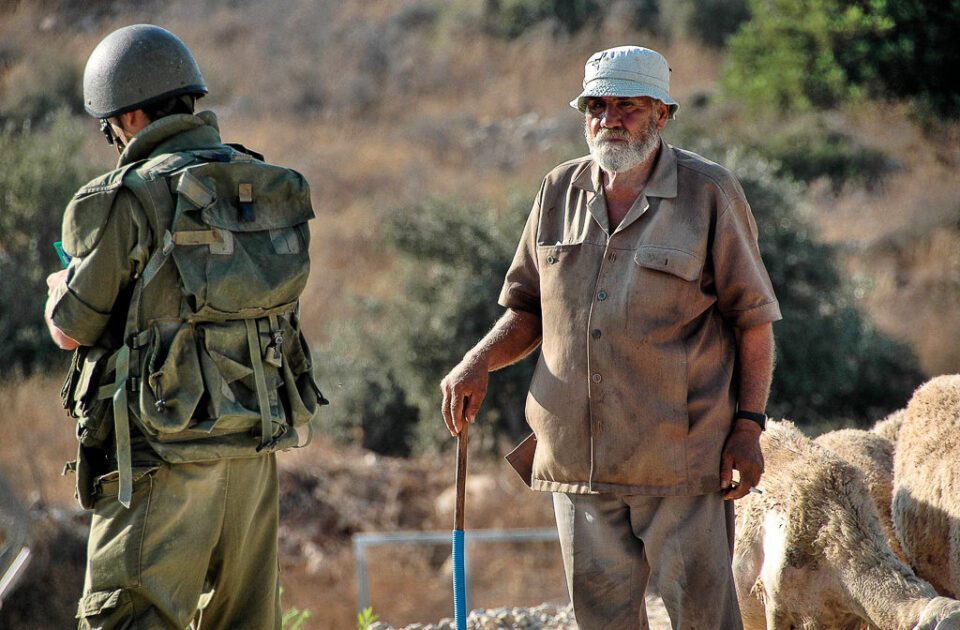
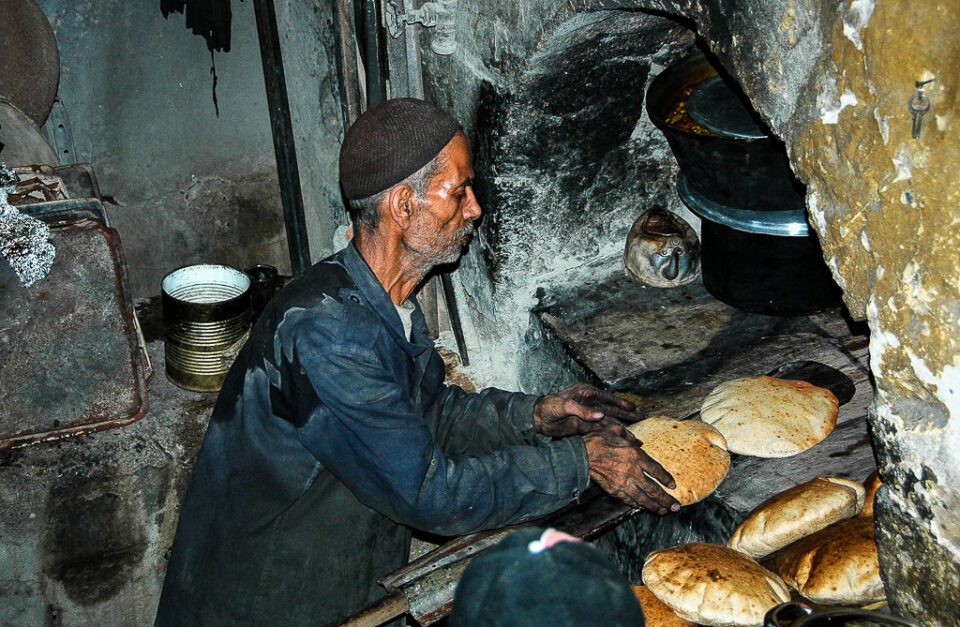
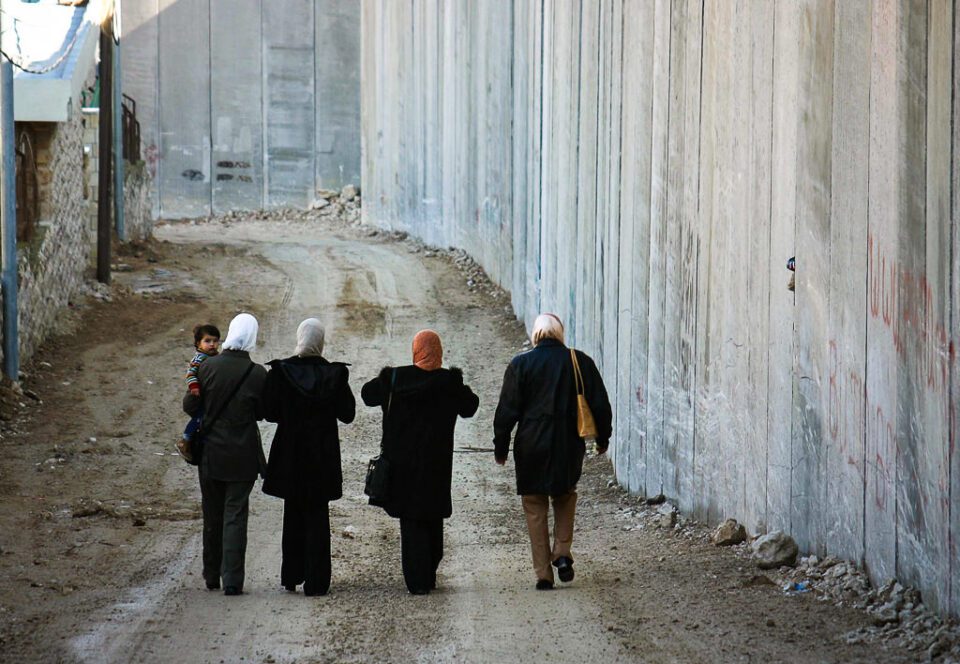
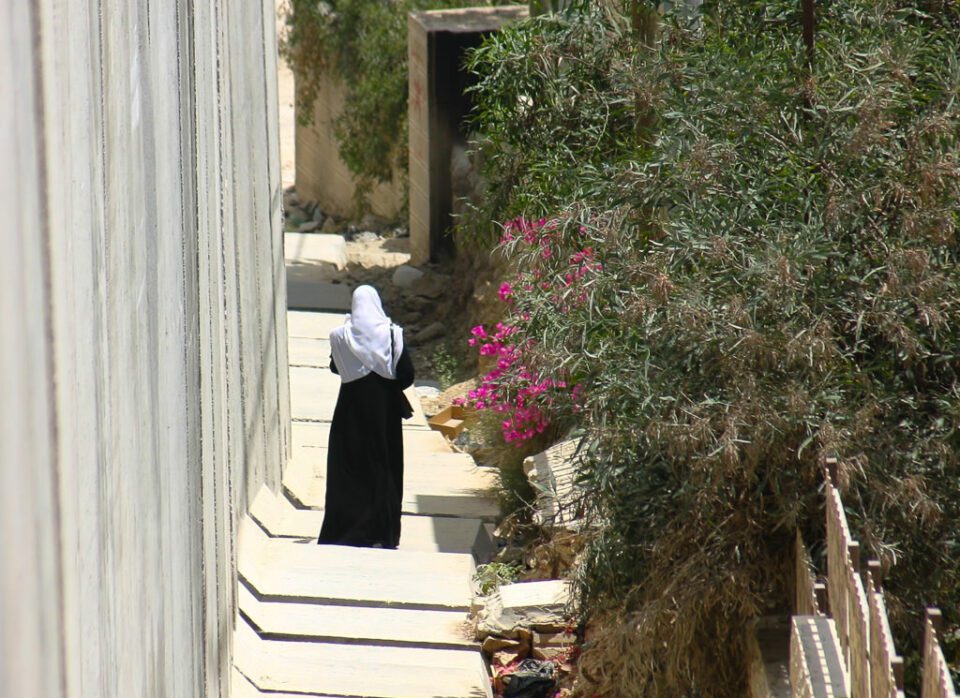
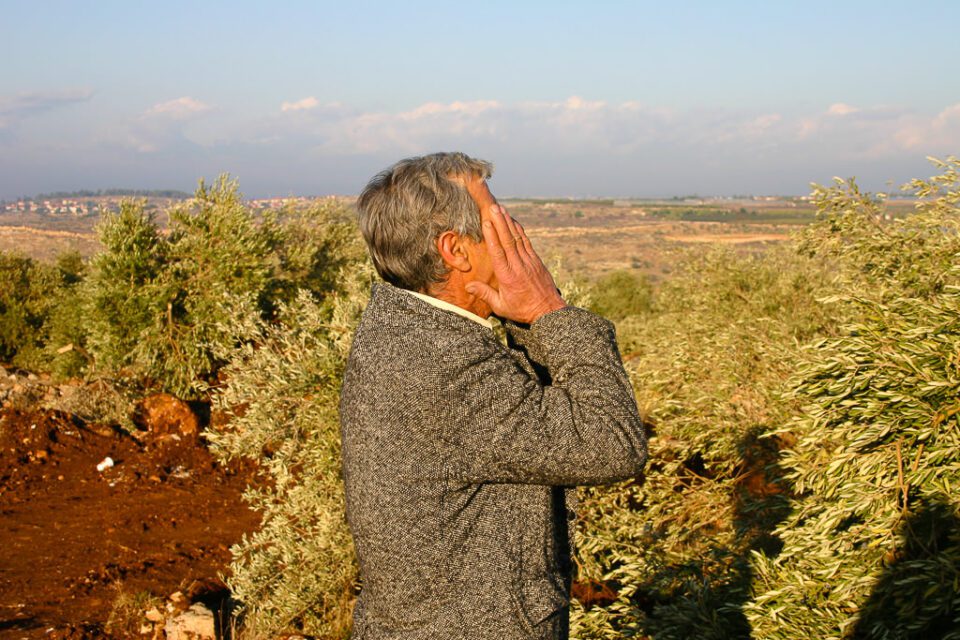
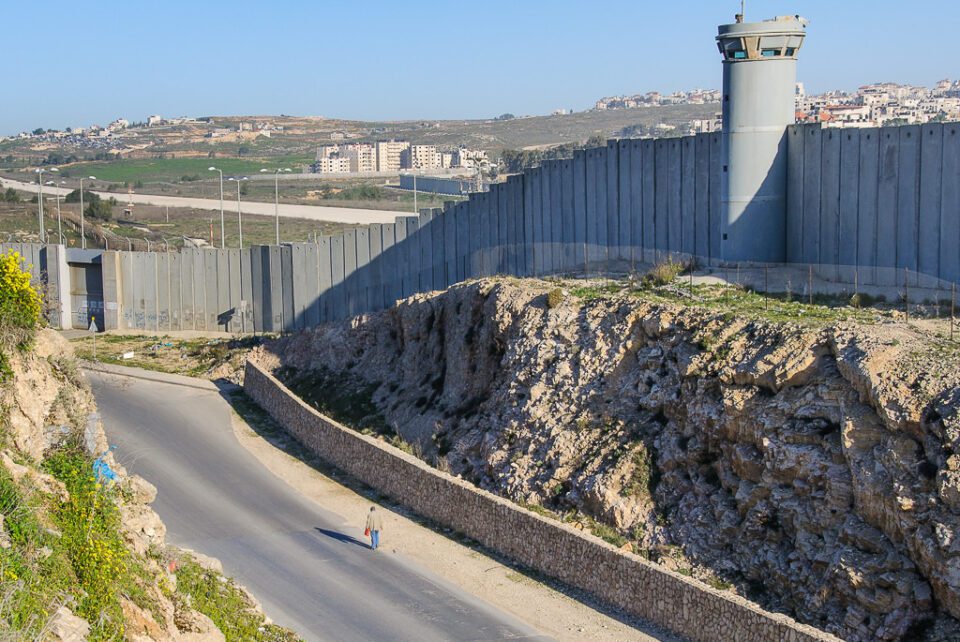
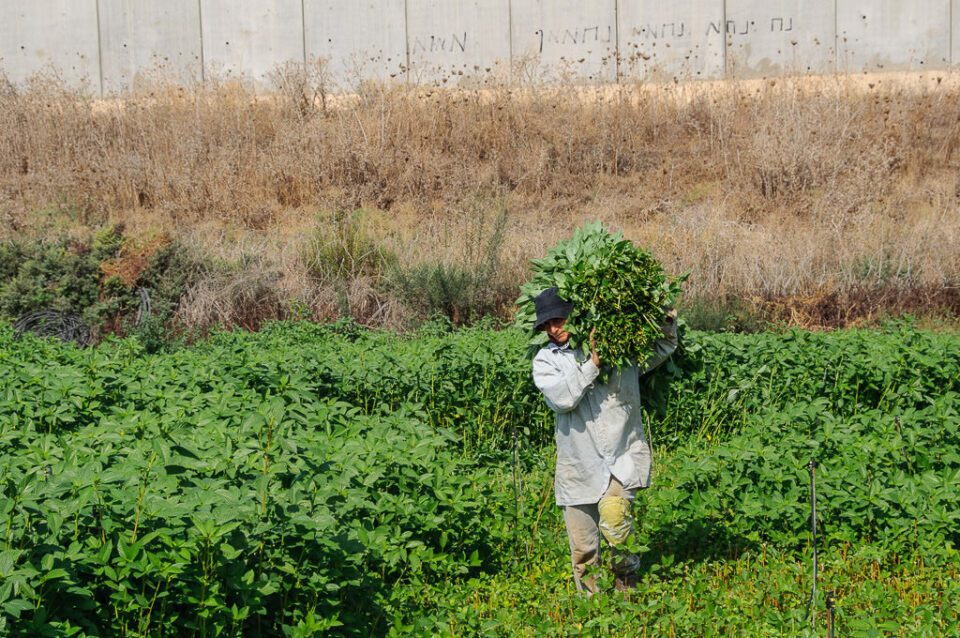
This guest article was contributed by Gary Fields. Gary Fields is a professor at the University of California, San Diego. His forthcoming book entitled “Enclosure: Landscapes of Dispossession in a Historical Mirror” compares landscapes and conflict in early modern England, the Anglo-American colonial frontier, and contemporary Palestine.
All Images Copyright © Gary Fields, All Rights Reserved. Copying or reproduction is not permitted without written permission from the author.
Note from Photography Life: Photography Life does not endorse or promote ANY sort of violence. This article is related to documentary photography in conflict zones and in no way represents our political, cultural or religious views. We sincerely ask our readers not to bring up any political discussions in the comments section. Please stick to the topic, or we will have to moderate such discussions.
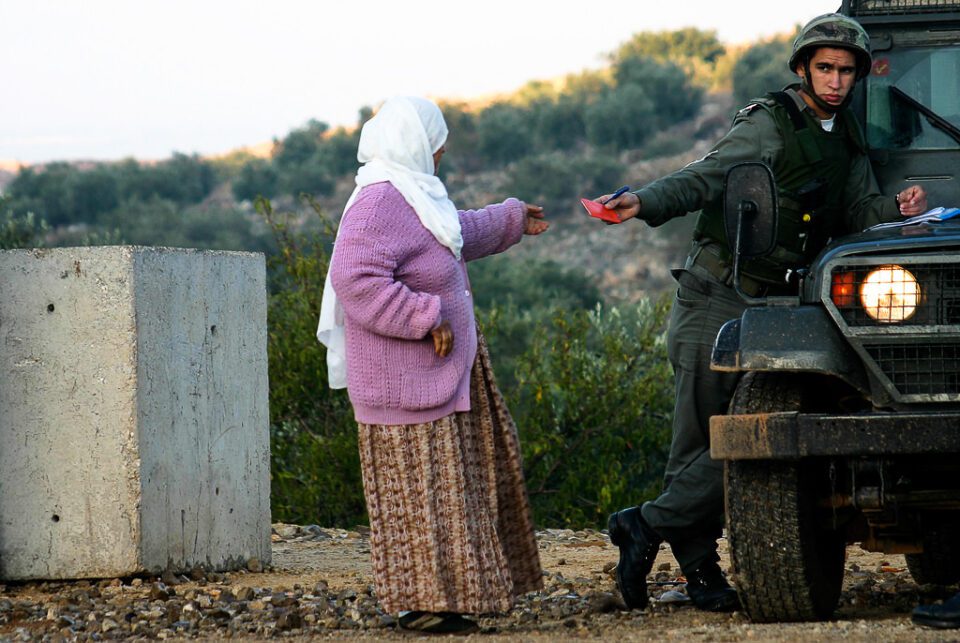
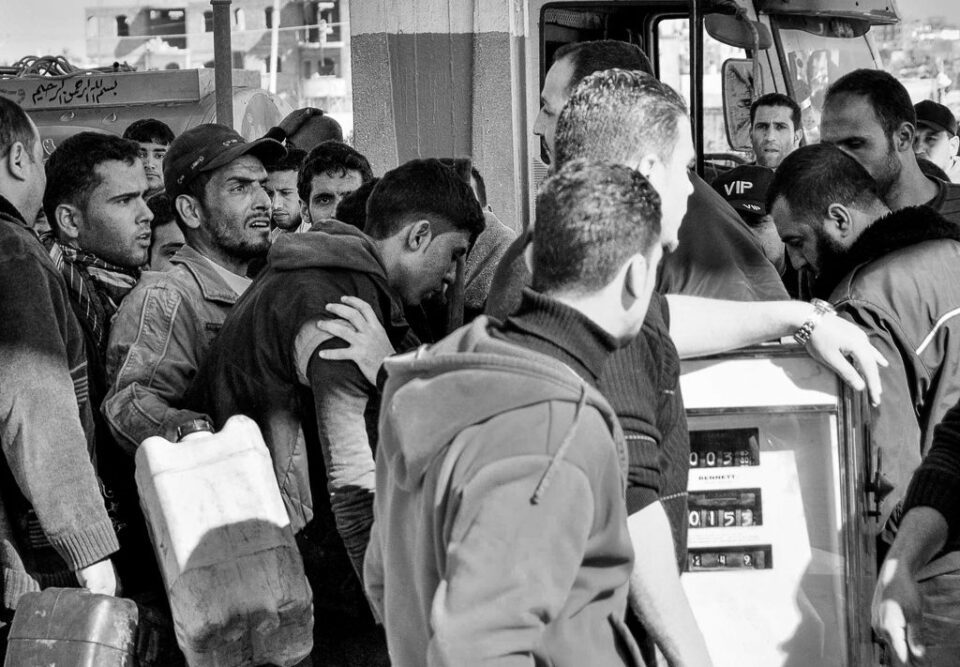
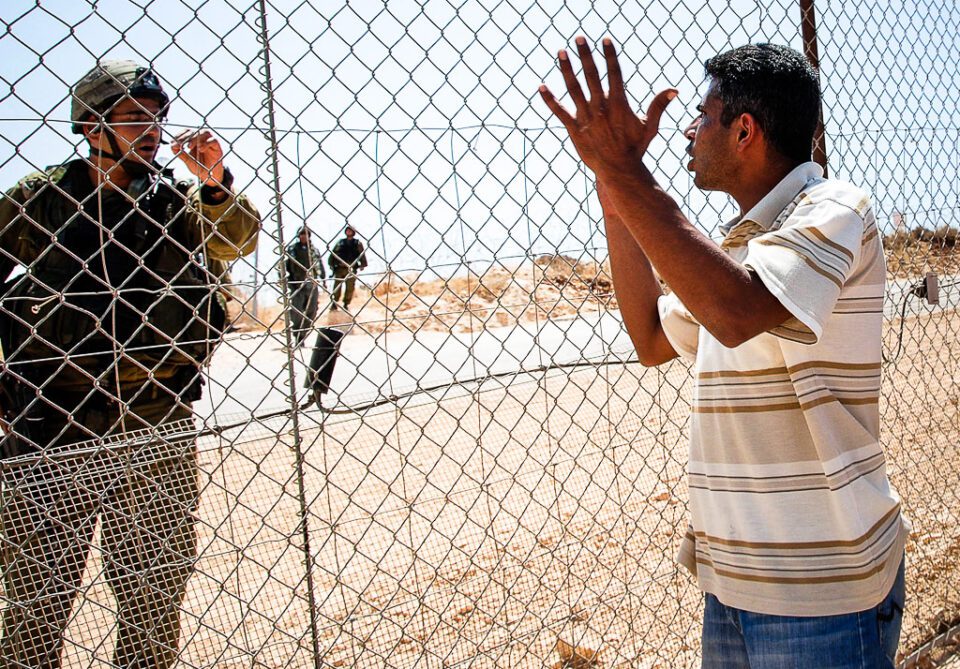
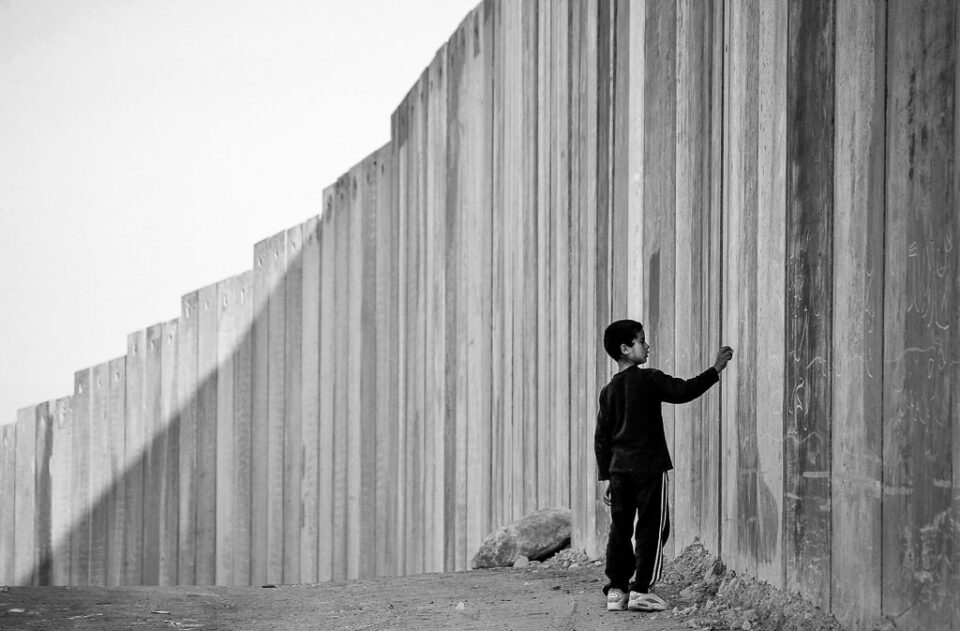
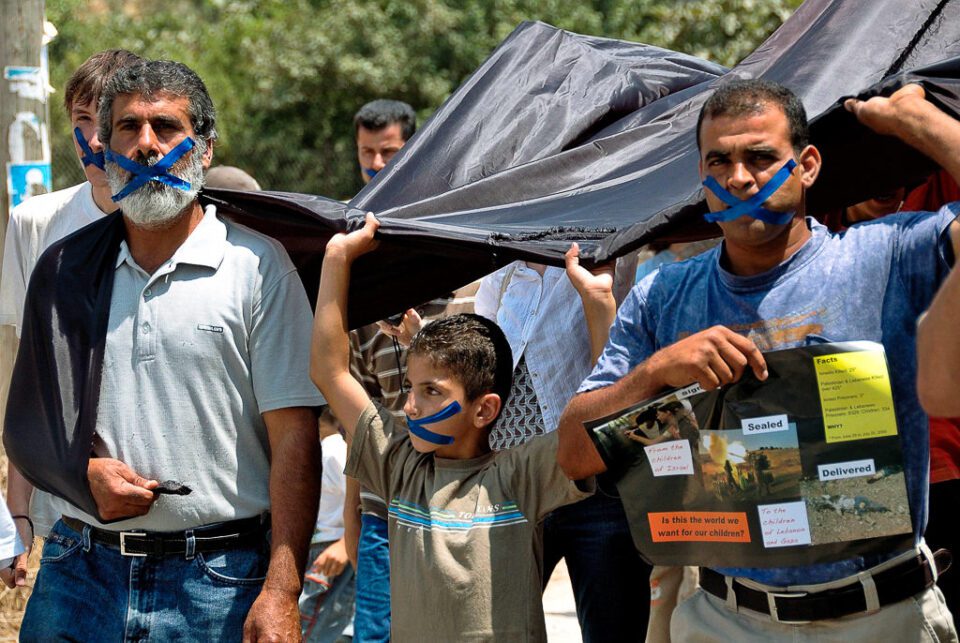
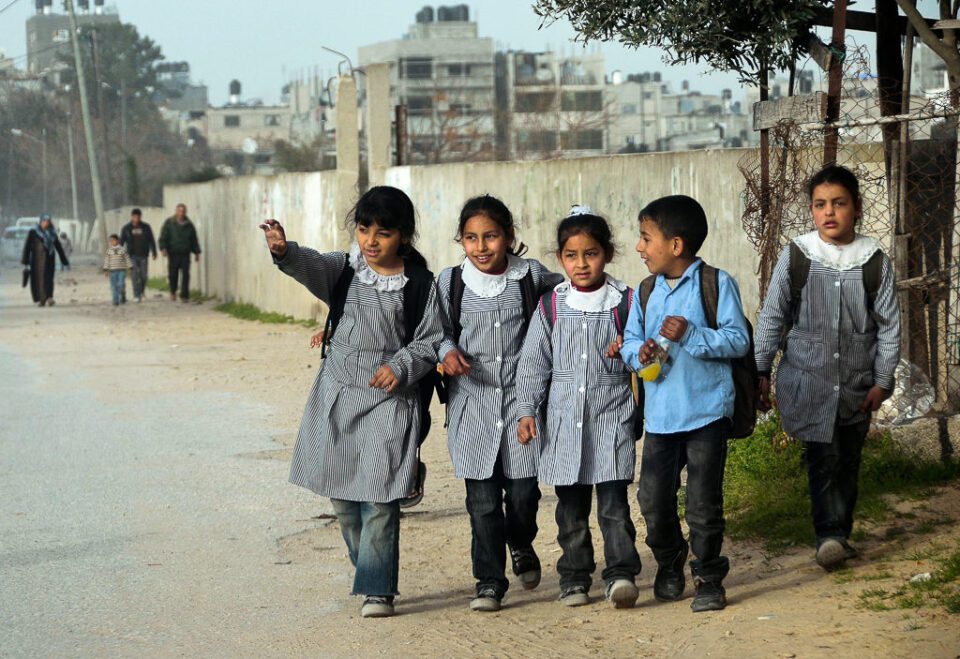
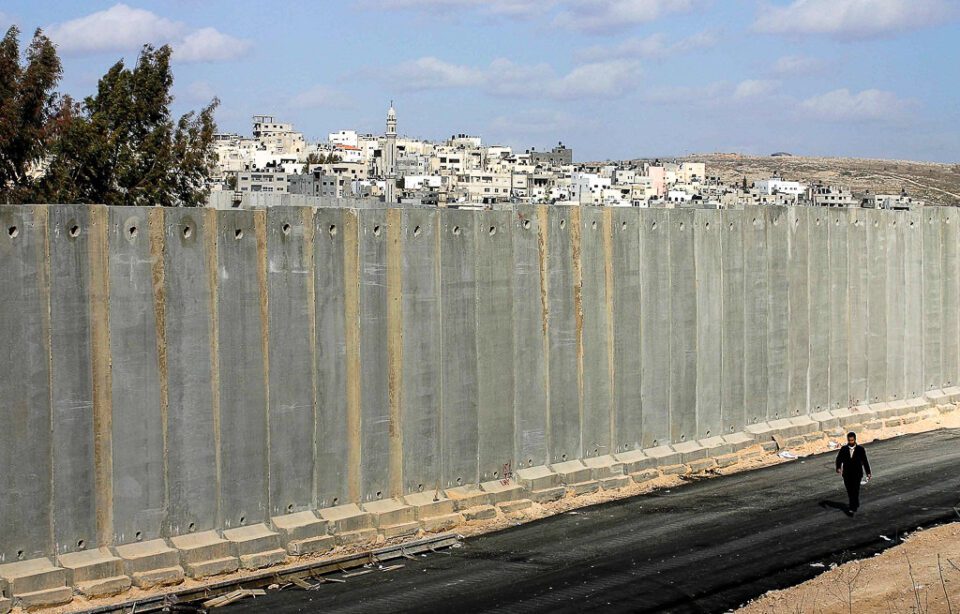
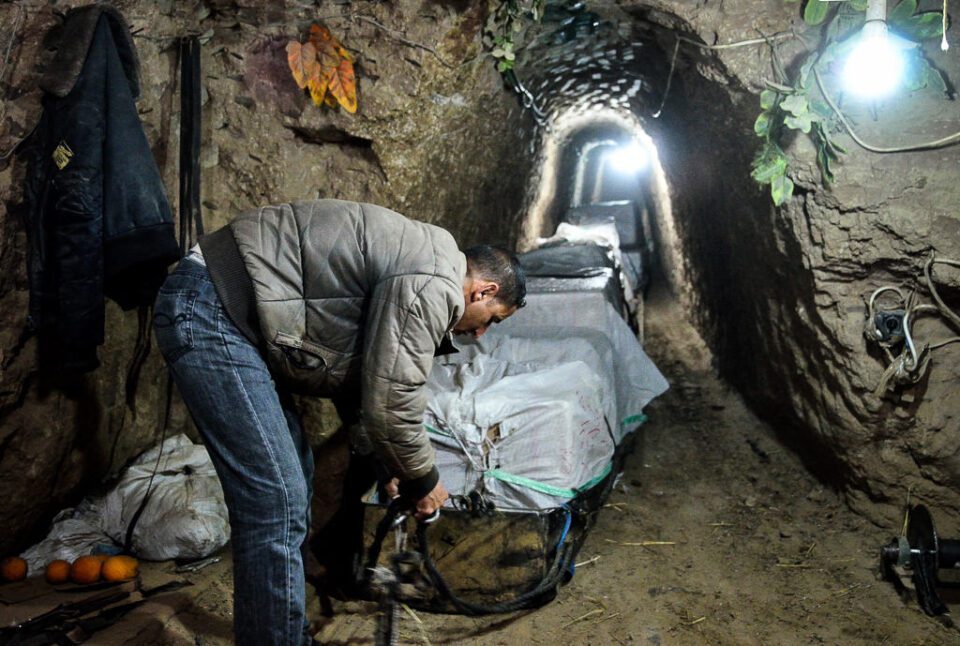
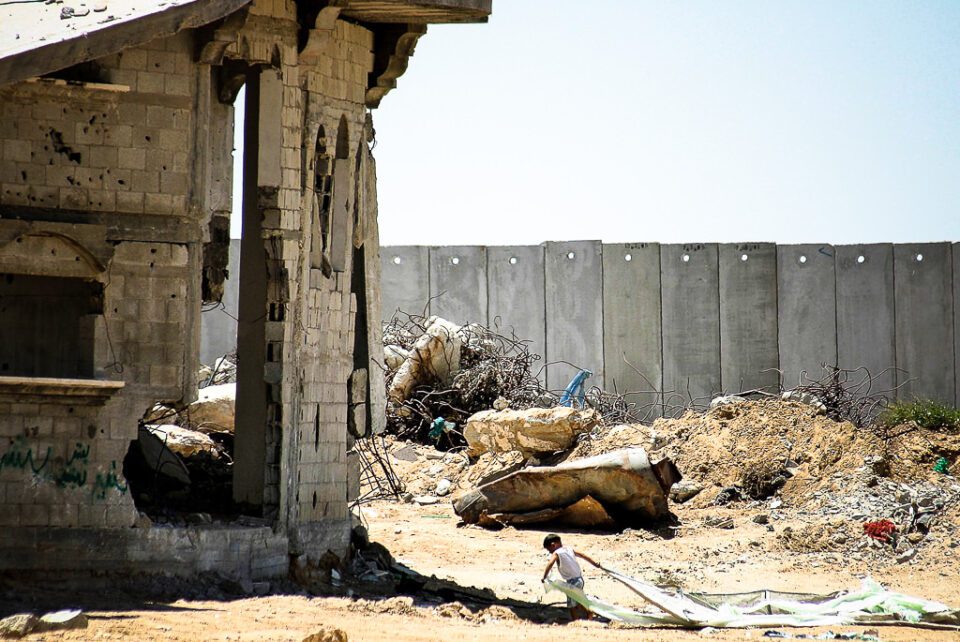
This is my first comment on Photography Life, though I have been following this terrific blog for quite some time. As a Canadian Jew living in Israel, I have found out firsthand how difficult it can be to evaluate both sides of this conflict without allowing one’s feeling to interfere. It is convincing to see pictures of oppressed people; throw the word ‘Israel’ into the article’s first few paragraphs; and allow the reader to naturally assume that Israel is the oppressor for the remainder of the article. Oded accurately pointed out that in Gaza, where life is decidedly more difficult for Palestinians than the West Bank, Israel has virtually no control over any aspects in the day-to-day life of its inhabitants. Indeed, Palestinians living in Israel proper have the same rights as any Israeli citizen; benefit from the same healthcare and public networks as Israelis; and both sides live in a generally peaceful co-existence. The article fails to point out the necessity for having this separating wall between Israeli civilians and terrorists, choosing instead to portray Israel as having herded thousands of innocents into a confined space, with little or no reason-,”When the state of Israel constructed a Wall ostensibly to protect its citizens from Palestinian attacks…”, when, in fact, the tide of terror attacks stemming from exactly those regions has been drastically reduced with its construction. I have a photo somewhere on my computer which I couldn’t locate, of a picture I took in Hebron awhile back. It’s a picture of a playground, dedicated in the memory of a young girl who was killed by sniper fire at a young age. Snipers, by definiiton, are experts in picking their targets. Above this playground is an army pillbox, where soldiers watch vigilantly over the children playing in park, always alert for a possible re-occurrence. When this scene presented itself to me, the juxtaposition of an army outpost and childrens playground sent me reeling. Yes, there are both sides to this story, as there always is, but to portray Israel as the cause and continued aggressor in this conflict is simply wrong. I am not trying to make a political statement or offend anyone’s sensitivities; I simply had to post.
As an Israeli, I am deeply insulted! why you not choose to give some guest post from Afghanistan or Iraq when American Soldier are deep deep inside this countries, do you know why Israel make so high walls? It’s because the sniffers try to kill our kids, the tunnels in the pictures are smuggling rockets and other arms to kill our Citizens, in one picture you showing a young man (maybe a boy) holding a gun, if it was in Afghanistan did you feel the same on this boy? Or now he is not a boy he is el-Qaida and you can kill him? This guest post is just a terrorist propaganda that this people do to Israel for many years, at list this guy make money selling his books, what is photographylife excuse? You want to make a some balance? ask some el-Qaida photographer to show their side and let’s see what people think on your website!
This is exactly the type of commentary I was trying to avoid. This article is about photographing in conflict zones and the relevant dangers – that’s why we posted it in first place. If it carried any terrorist propaganda, we would have never allowed to post it here, as we clearly outlined in the bottom of the article. Please see some of the comments above – hopefully it will answer a number of your concerns. Oded Shopen, currently living in Israel posted a balanced and calm response and provided some pictures that show the terror of living on the other side of the fence. Please read his post and relevant responses before accusing us of posting terrorist propaganda…
Here there is another example of an extraordinary prize winning reportage photo:
www.worldpressphoto.org/
A very powerful photo indeed. I saw that earlier this year and remember it winning a prize…
Such an amazing photographic work. Congratulations to Gary Fields (and to Photography Life’s team for keeping up the good work).
Thank you so much for the photo essay showing some of the human suffering that goes on behind that huge wall. It takes a brave sole to go to these “conflict areas” with their camera and bring back photos to those of us not able to go and see for ourselves. Being a journalist or photo journalist is a very risky job. According to Press Emblem Campaign the number of journalists killed in 2012 stands at 139. 44 were killed in the Middle East, 35 – in Latin America, 31 – in Asia, 28 – in Africa and 1 – in Europe. The recent conflict in Syria has become the bloodiest for journalists since the beginning of the century. Perhaps, one of the best known war casualties was Sunday Times War Correspondent Marie Colvin, who was killed in Homs. Colvin’s colleague and photojournalist Paul Conroy was wounded, but managed to escape. So, I also want to give thanks to those who risk their lives to document what is happening in the conflict areas.
Outstanding guest article. Amazing photography. Simply stunning. Thank you for sharing. Good photography means partisanship and thereby will always be political. Keep on with your work. You are doing great stuff.
Thanks for reposting the article after your review. This is a valuable study in the problems faced by photographers working in stressed environments, and it contains useful information for any photographer who might be considering such an undertaking.
Outstanding job! The motive to post the article is genuine in my opinion. “These images for Photography Life emphasize such opportunities in seeking to reveal the dignity of human subjects in the face of adversity.” I could not agree more. Unfortunately, knowing the demographic of PL and the sensitivity of the subject matter; one cannot be alarmed if/when the subject gets political.
The images speak, they educate, and they provoke thought on a geopolitical subject. Well done.
I like very much this post. The photos are excellent and they reflect a reality. What the photos are transmitting is the atmosphere reigning in an occupied territory. This territory could be any one, but in the case of this reportage it is Palestina. If somebody wants to give other examples with high quality pics, they are free to do it.
Interesting article. As a resident of the area, I think it is extremely important to point out a few things.
– I think not many people are aware of this – but Gaza, which is controlled by Hamas as pointed out in the article, has nothing to do with the Israeli army. Hamas is a palestinian organization that calls for the destruction of Israeli in its manifest, and has taken over the Gaza strip by force several years ago. There are no israelies or settlers in Gaza. The situation for palestinians in Gaza under Hamas is many times worse than the situation of palestinians in the west bank, who despite the many hardships can still conduct their lives.
– I liked the point about showing everyday lives that are still possible within this conflict. Things are not black and white. Not everything is conflict and war. For example, Palestinians work in Israeli industrial areas in the west bank and make a very good living. Soldiers and palestinians are not in an ever lasting conflict. I like this clip showing Israeli soldiers dancing with palestinians in a wedding in Hebron. I think it shows the other side of the reality.
– More to the point of this website, the point of cameras in the conflict should be mentioned. Different sides want to use cameras as a means to achieve political gains and a “money shot” that will go all over the world as if one side is constantly an aggressor and the other side is always the victim. I find the following picture to be so telling and powerful. look at how the soldiers stands with his arms behind his back not responding to this clear provocation in front of the cameras. He knows that the whole point of this provocation is to show the Israeli army in a negative light and therefore prefers to stand still.
ilyameyer.com/engli…cation.jpg
Some more images of the same nature:
news.bbcimg.co.uk/media…ffae55.jpg
static.guim.co.uk/sys-i…0x414.jpeg
static1.1.sqspcdn.com/stati…61v8J2Y%3D
– Lastly, we should never forget that as in any conflict, there are two sides. I would like to also see images of the Israelis who face terror and bomb shells on a daily basis (one of those bombs fell on my house a few years ago), not to mention the violation of human rights by the Hammas against his own people in the 100% Hammas-controlled Gaza strip.
!/image/1649988570.jpg_gen/derivatives/landscape_640/1649988570.jpg
img.dailymail.co.uk/i/pix…68×313.jpg
img.dailymail.co.uk/i/pix…68×417.jpg
Thanks for a balanced and calm reply Oded, and thanks for sharing some pictures that illustrate the other side.
Hi Nasim Mansurov, Can we share images with resources? [All Images Copyright © Gary Fields, All Rights Reserved. Copying or reproduction is not permitted without written permission from the author.]
In every conflict there are two sides, but this photo reportage is showing what is to live in an occupied territoy, that’s not the situation of Israel.
That’s taking the conversation to the political side, since ofcourse many Israelis would say that this land is not occupied, so I prefer to respect the request of this website and not continue this debate here.
Those photos of the Israeli IDF officers show remarkable restraint, as a 30 year retired law enforcement officer I know that the people would have never been allowed to get in our face that way without us taking some sort of action.